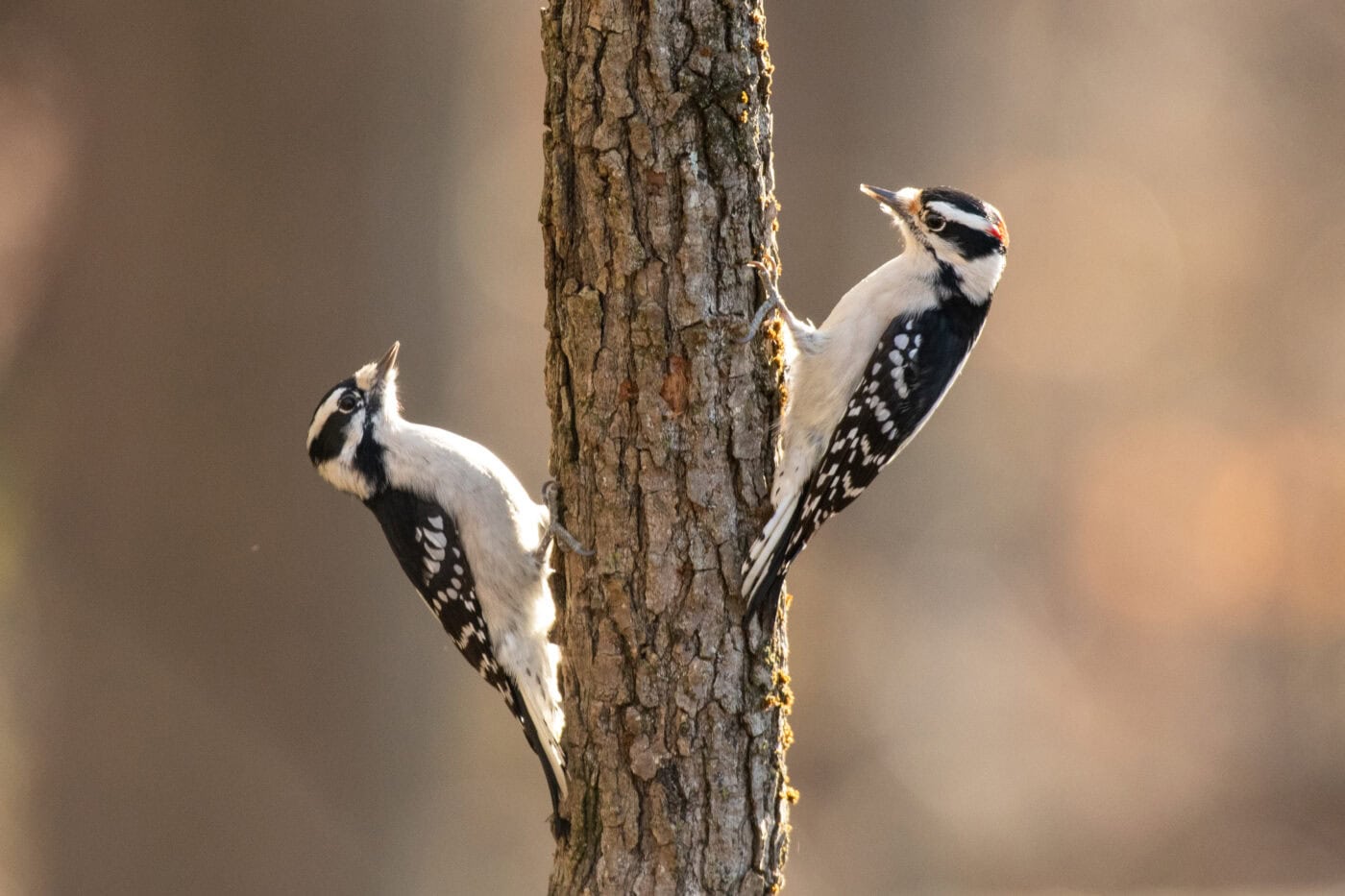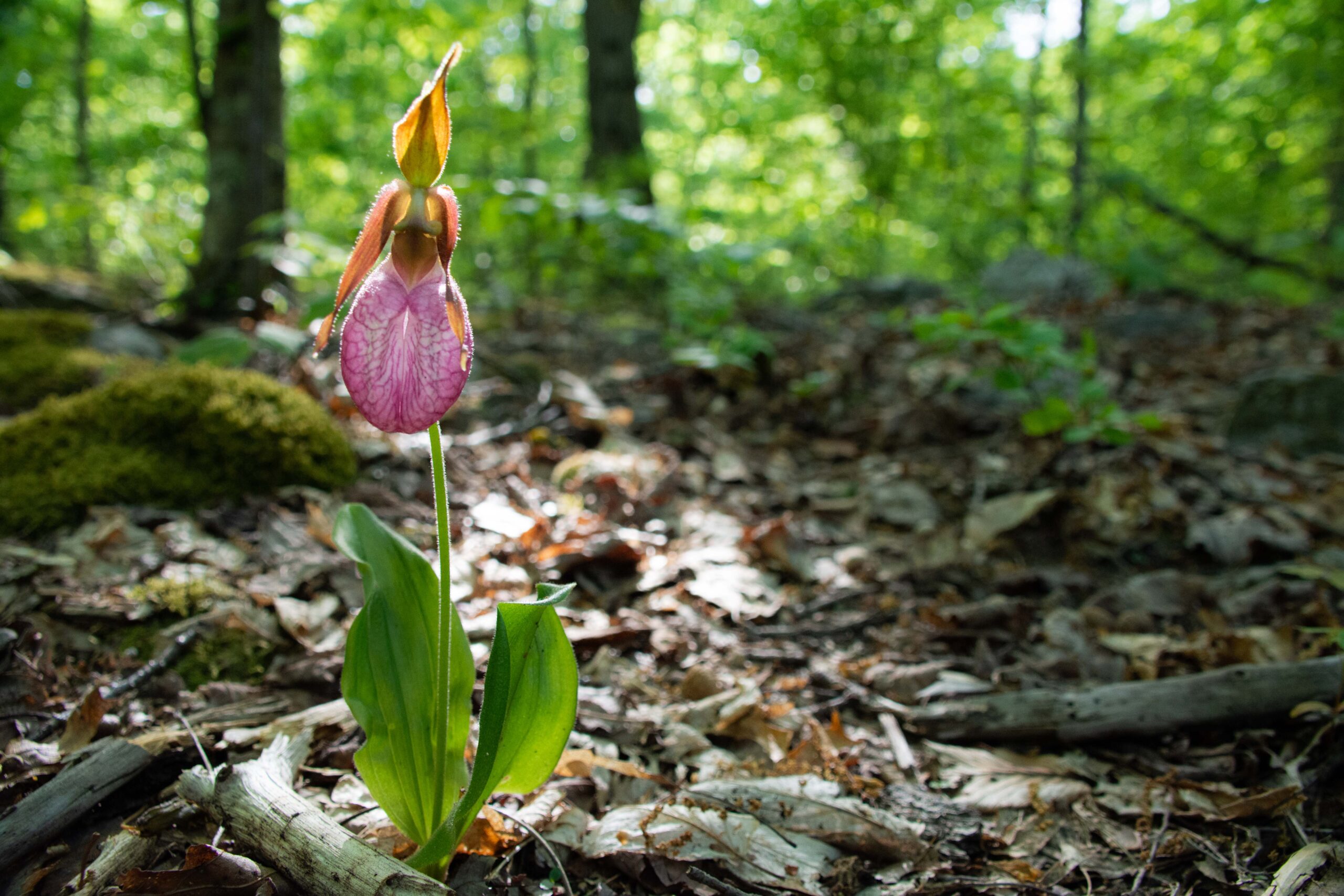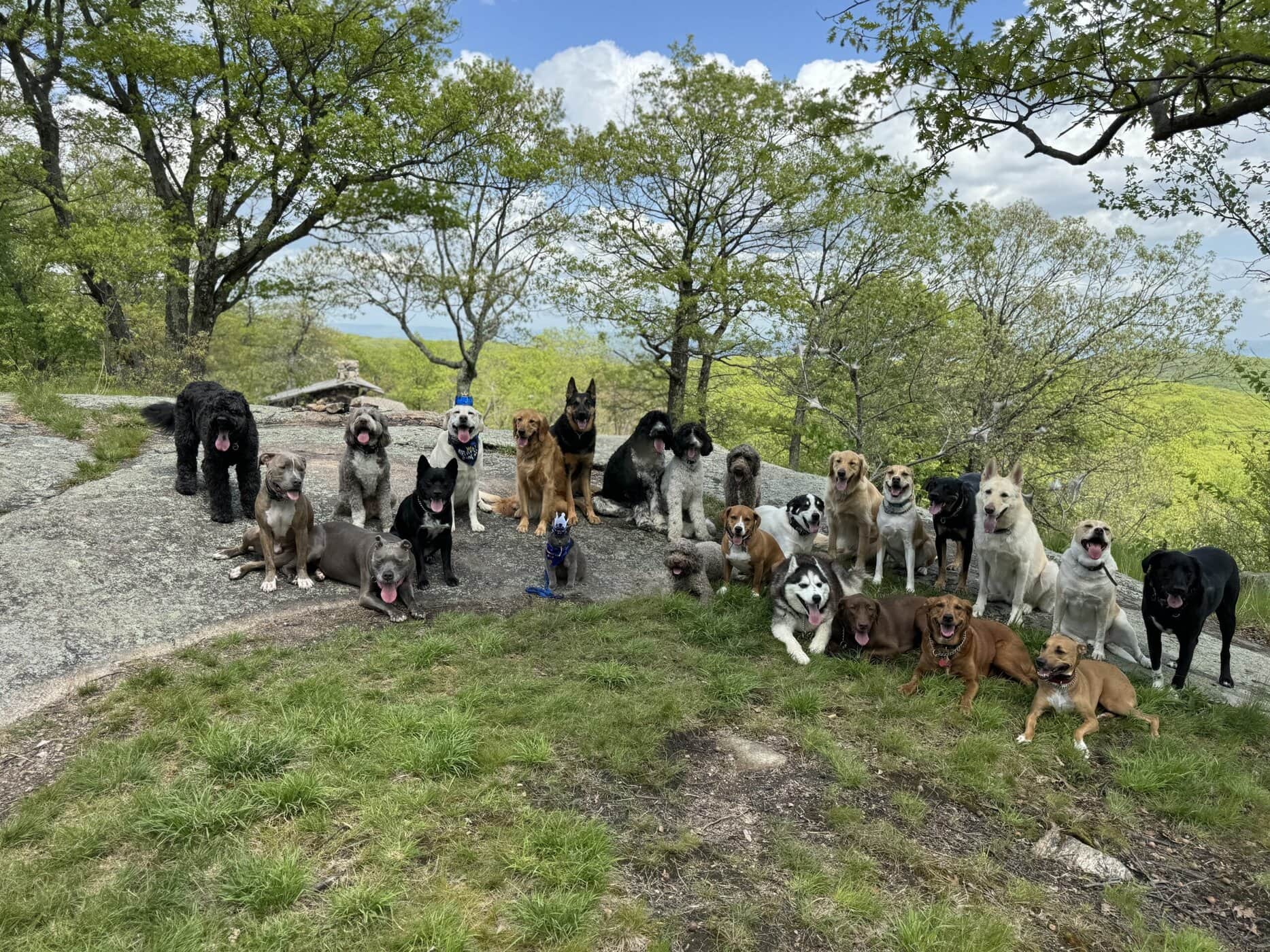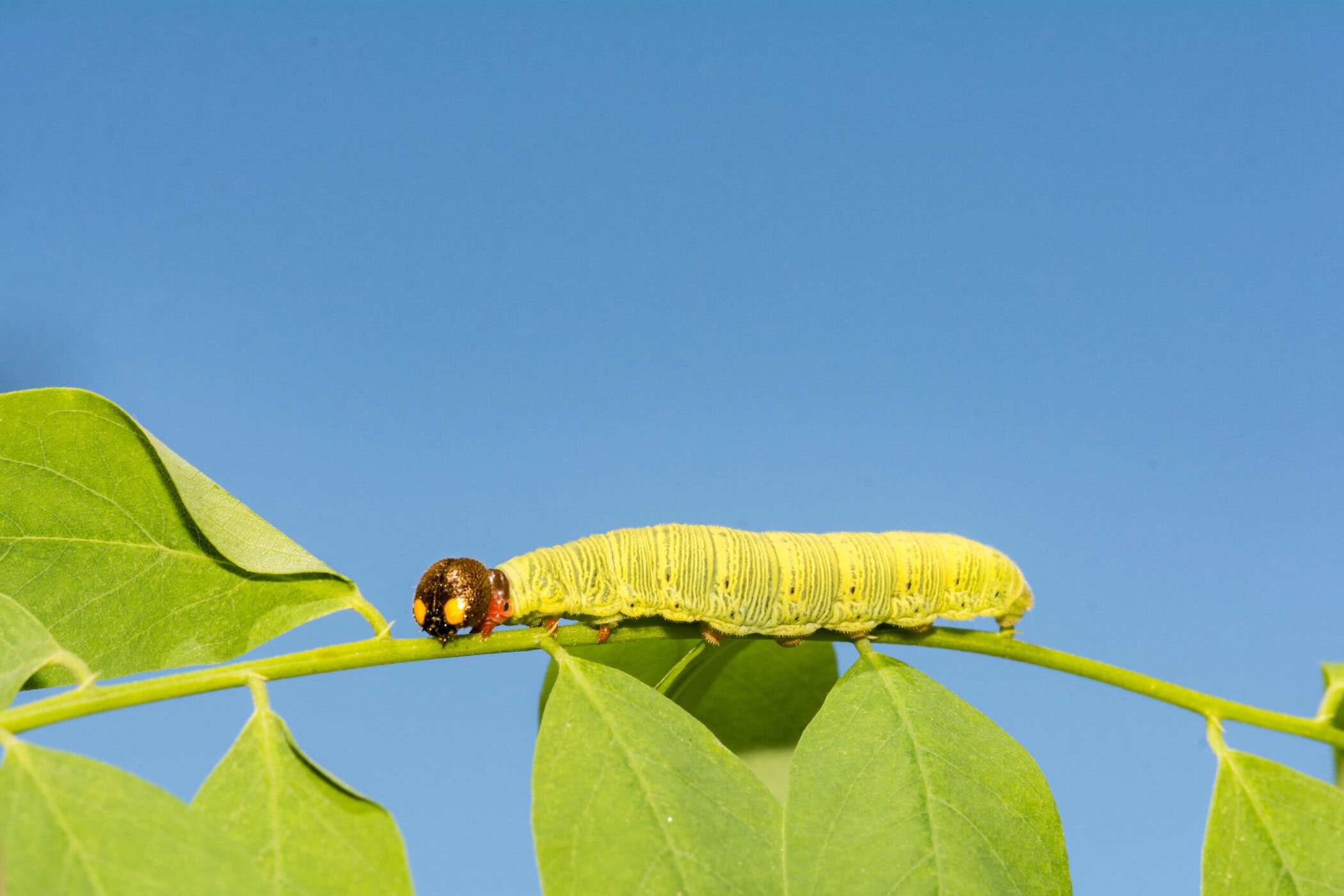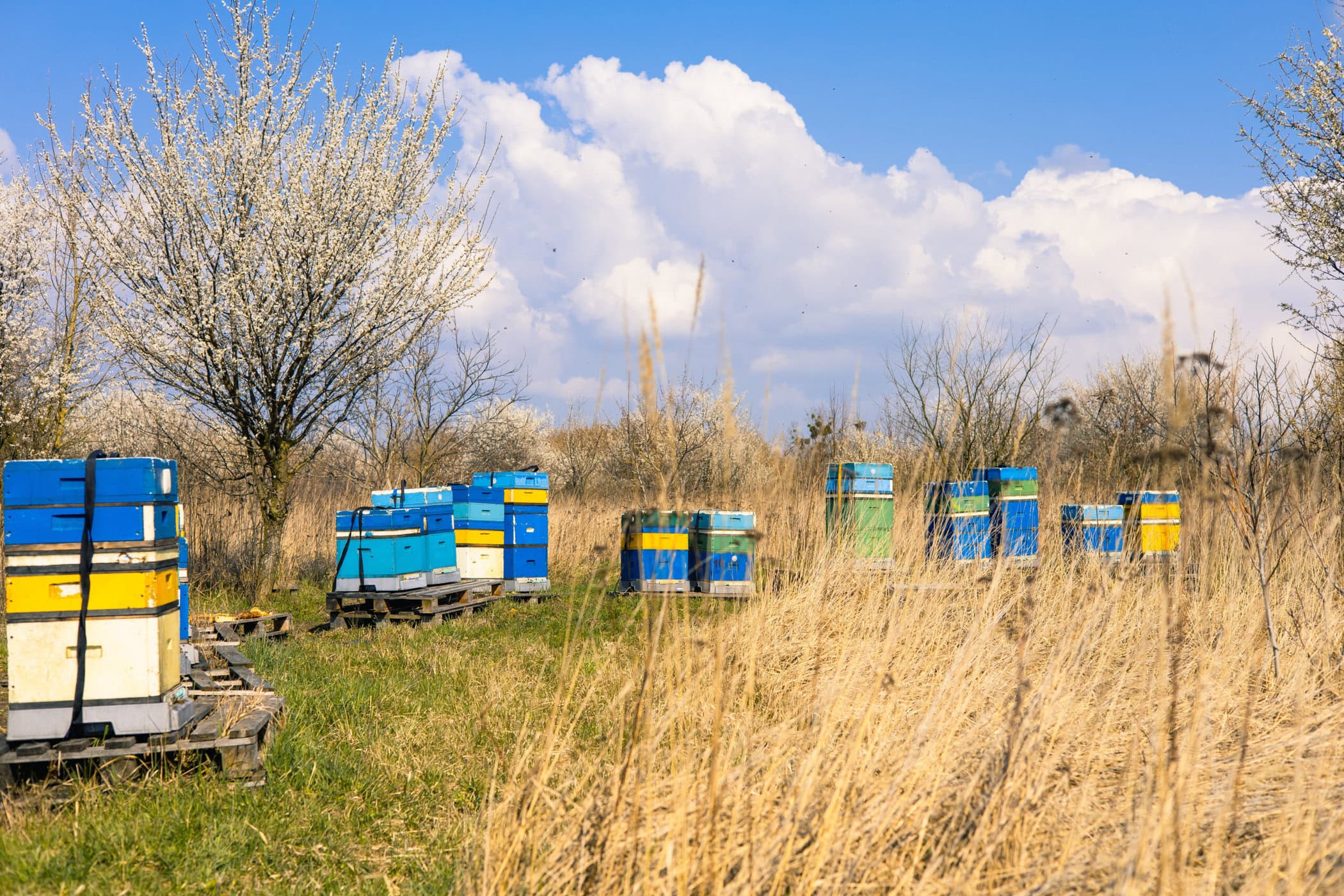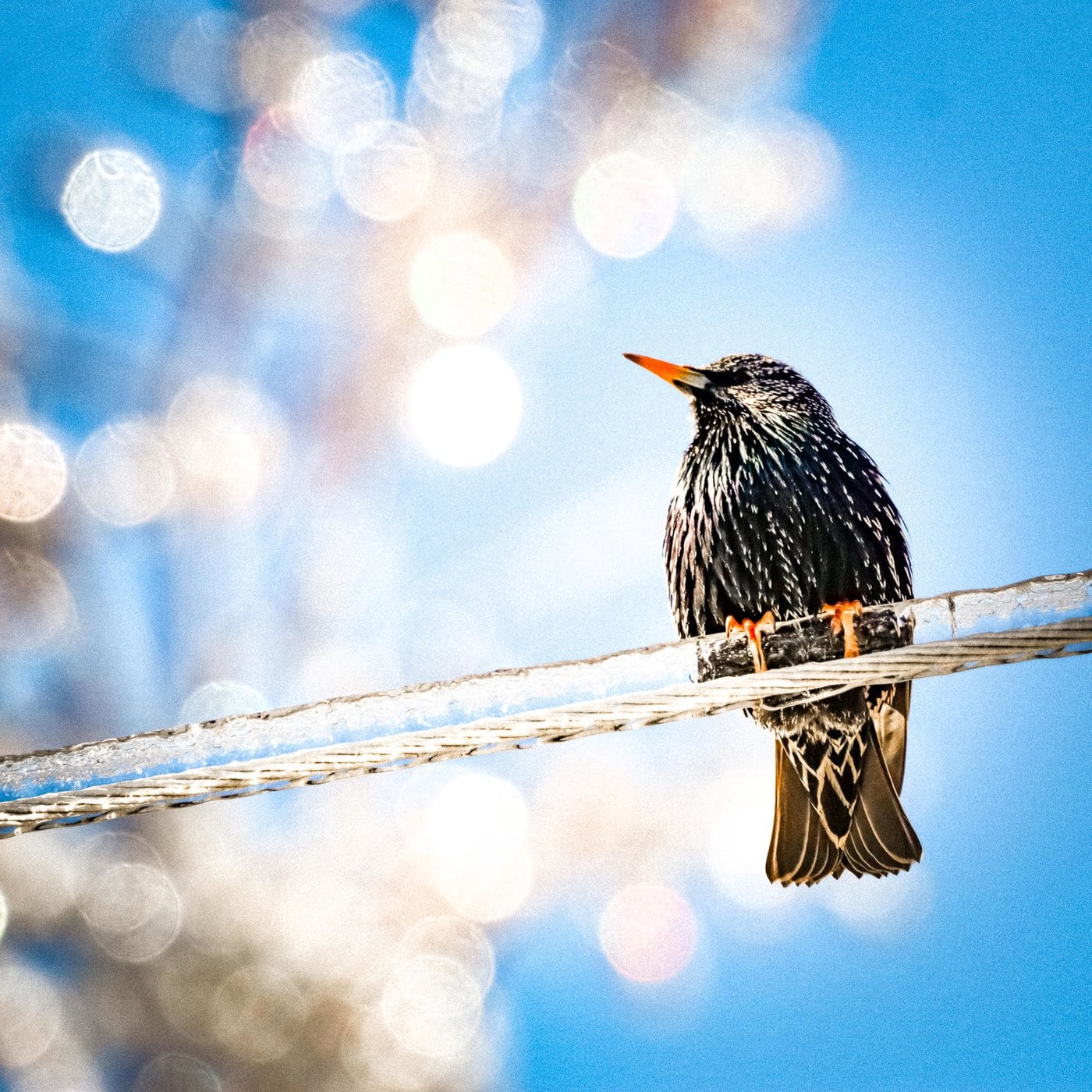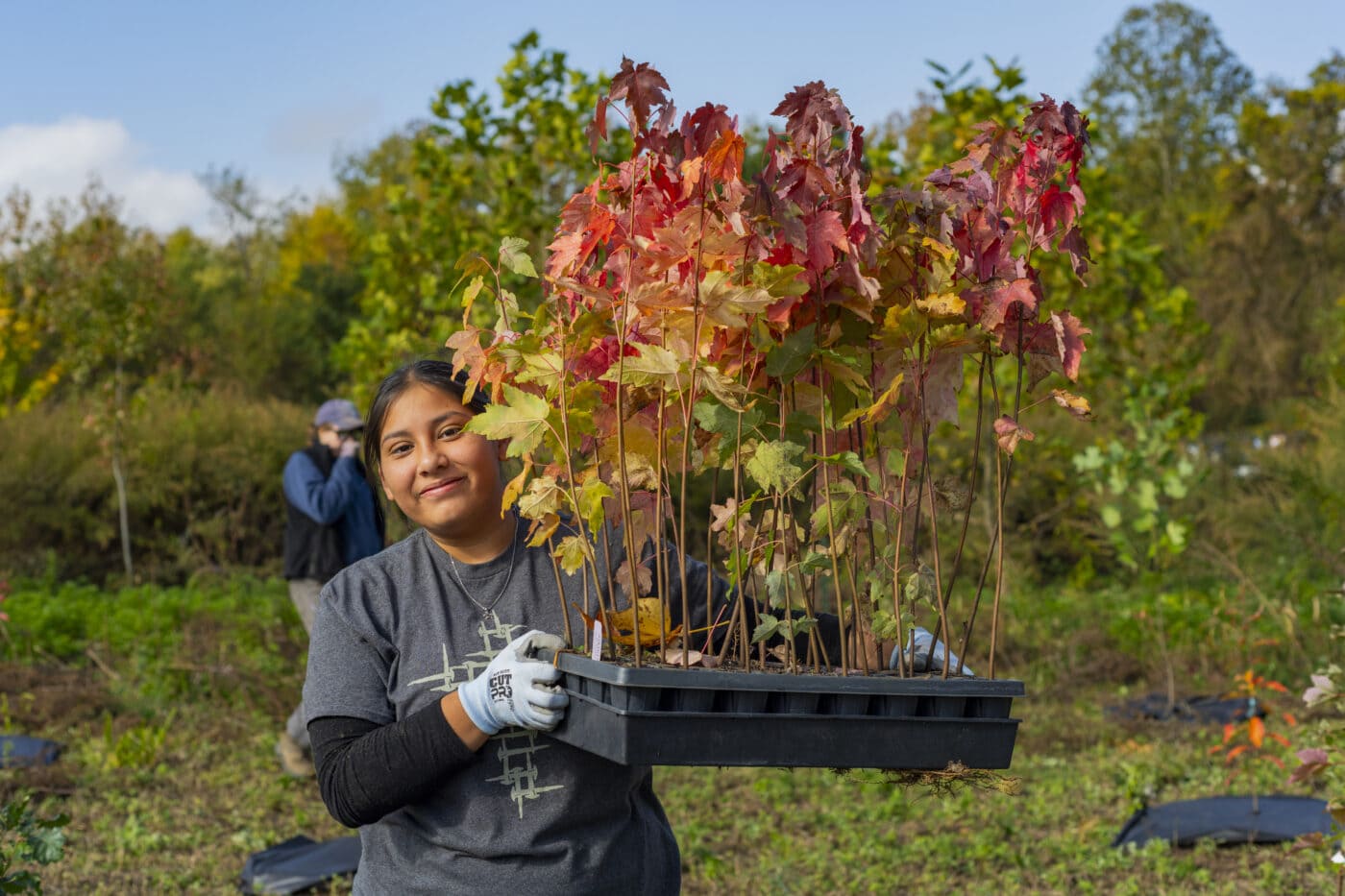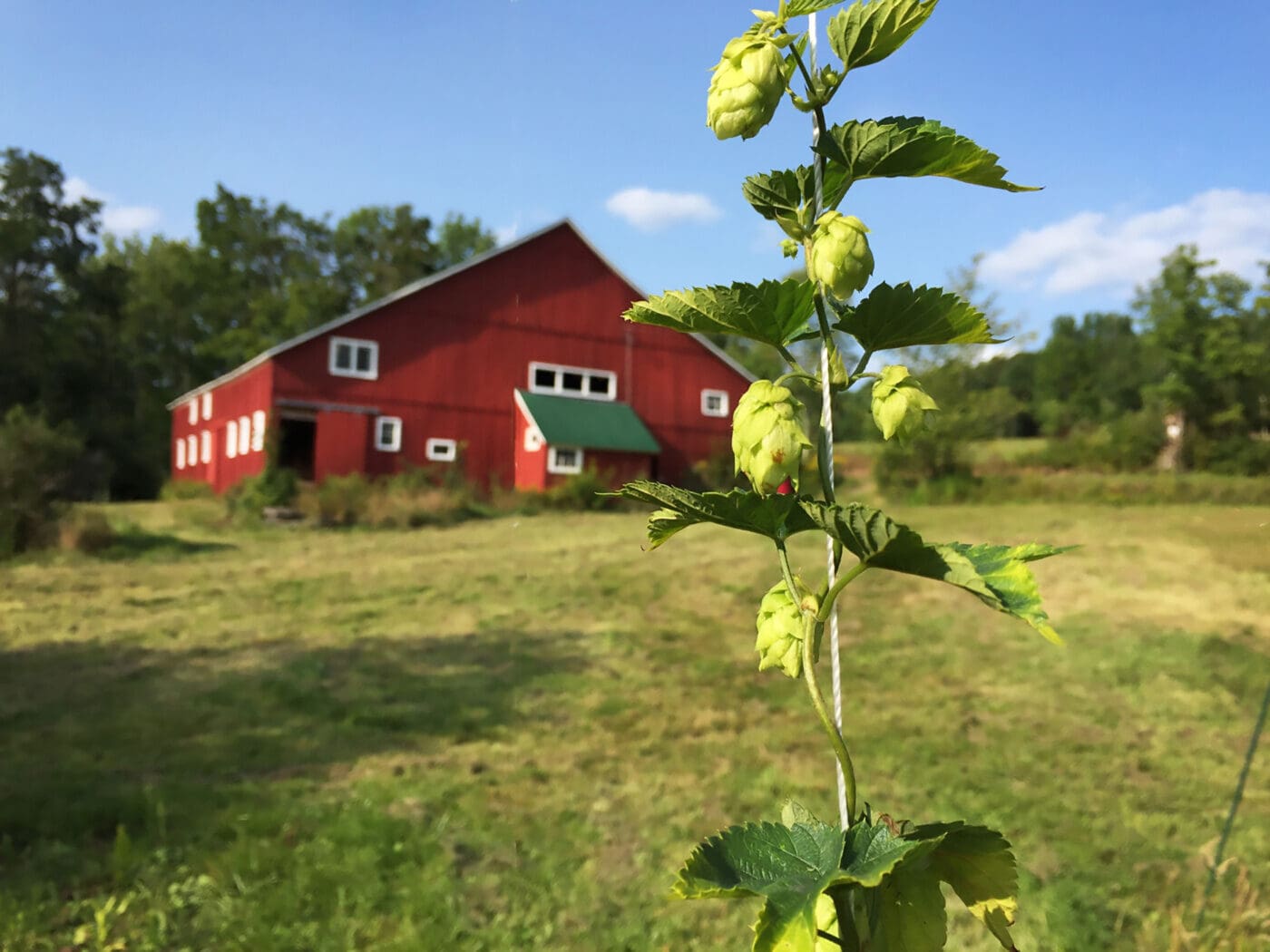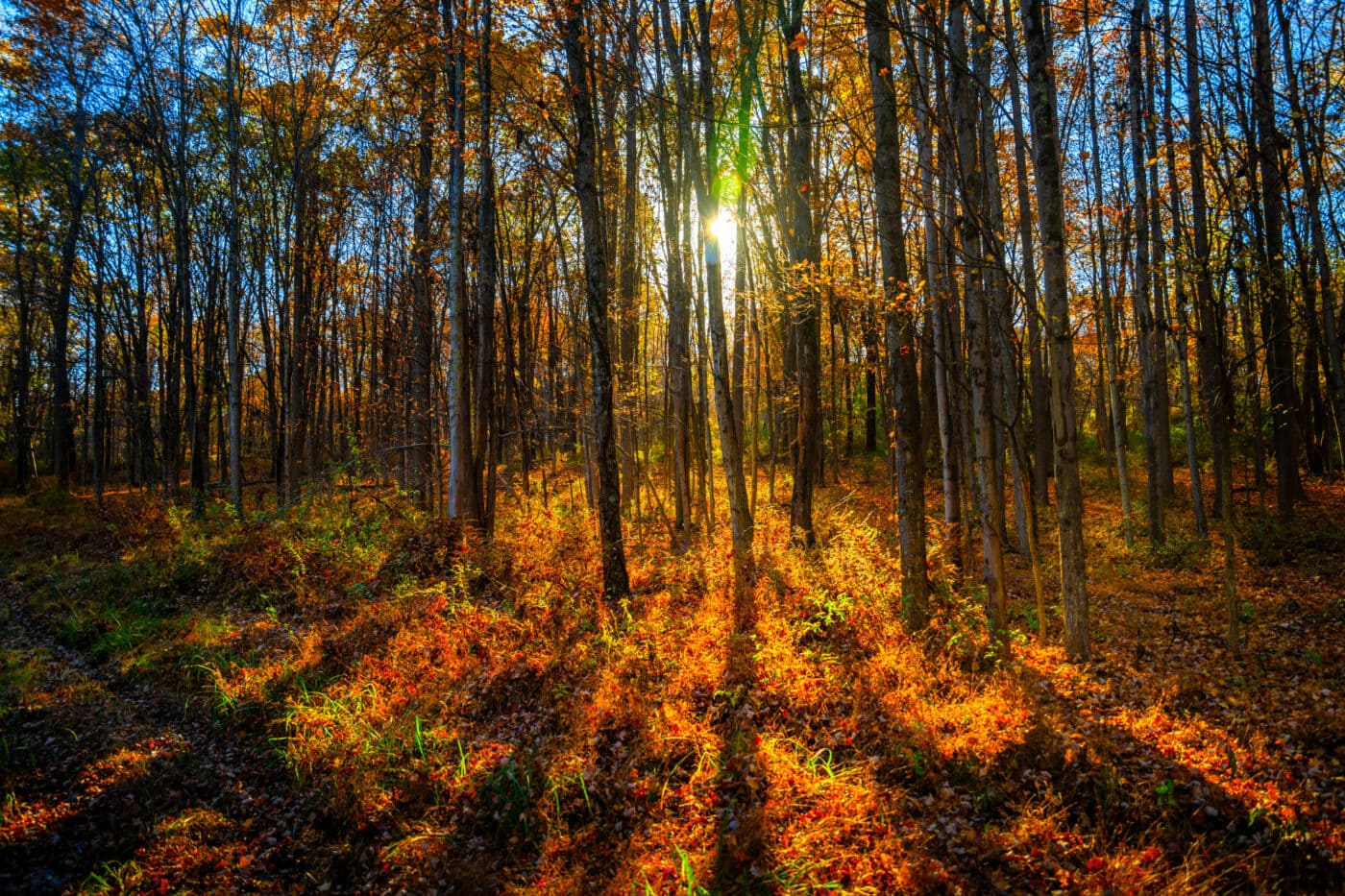As winter moves into spring, we often hear the repeated tapping of woodpeckers that echoes from distant trees. This is called drumming, and it is the woodpecker’s way of claiming territory and attracting a mate.
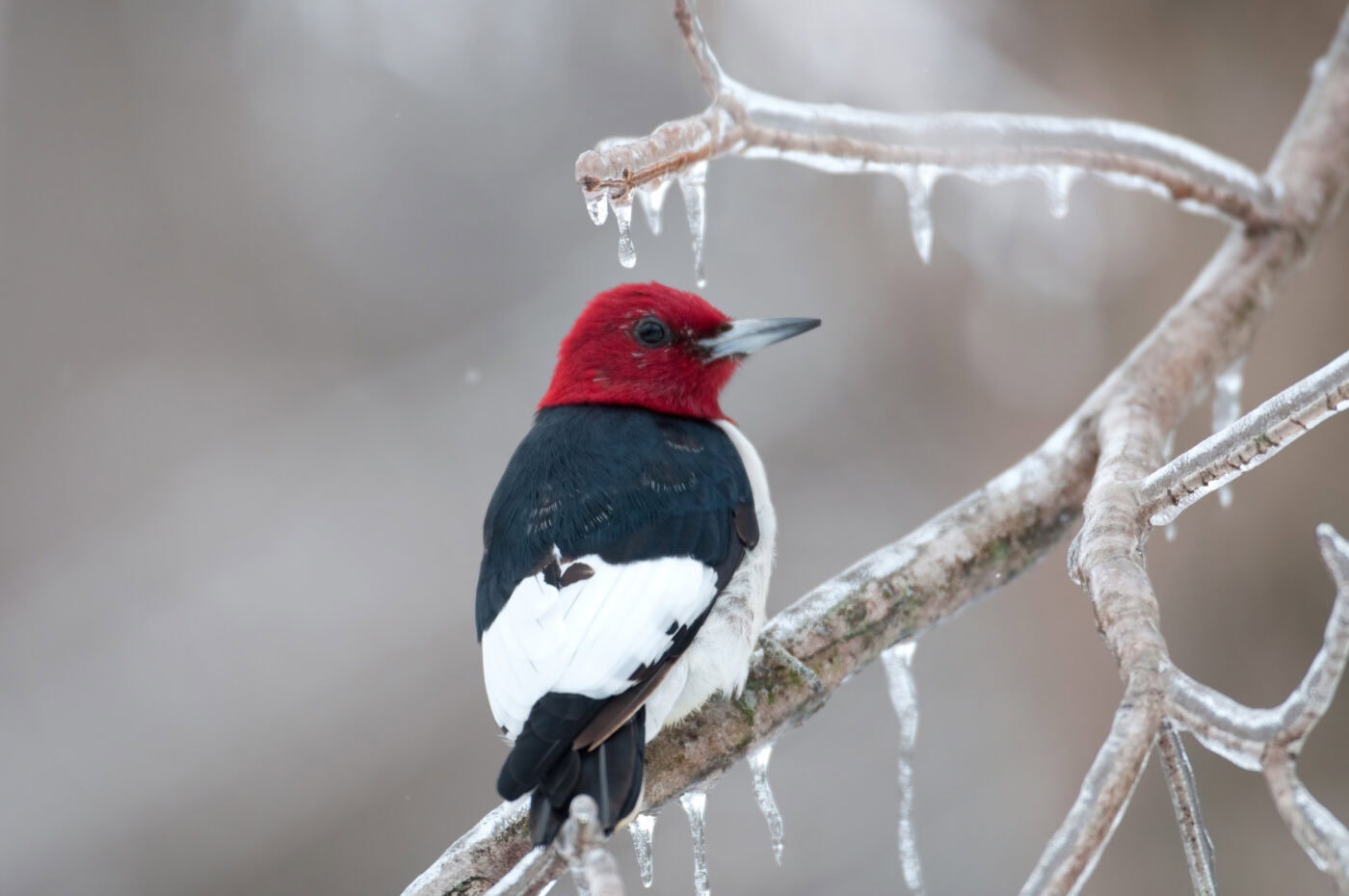
Here in the Hudson Valley, drumming could be coming from a red-headed, red-bellied, downy, hairy, or pileated woodpecker, or two other tapping types called a Northern flicker and a yellow-bellied sapsucker. We know these seven woodpecker species live here thanks to data gathered in the Breeding Bird Atlas, which is managed by the New York Natural Heritage Program and the state’s Department of Environmental Conservation.
Julie Hart, project coordinator for the bird atlas’ next update, says that the first woodpeckers of the season to start drumming are those that spend the winter here and begin breeding early. “Pileated and red-bellied get started first,” she says, noting that she hears these as early as January in Albany. “Then downy and hairy (roughly mid-late Feb), and then the migratory species start later (sapsucker, red-headed, flicker). As spring comes, you’ll start to hear more and more drumming until it becomes a regular part of the summer soundscape.”
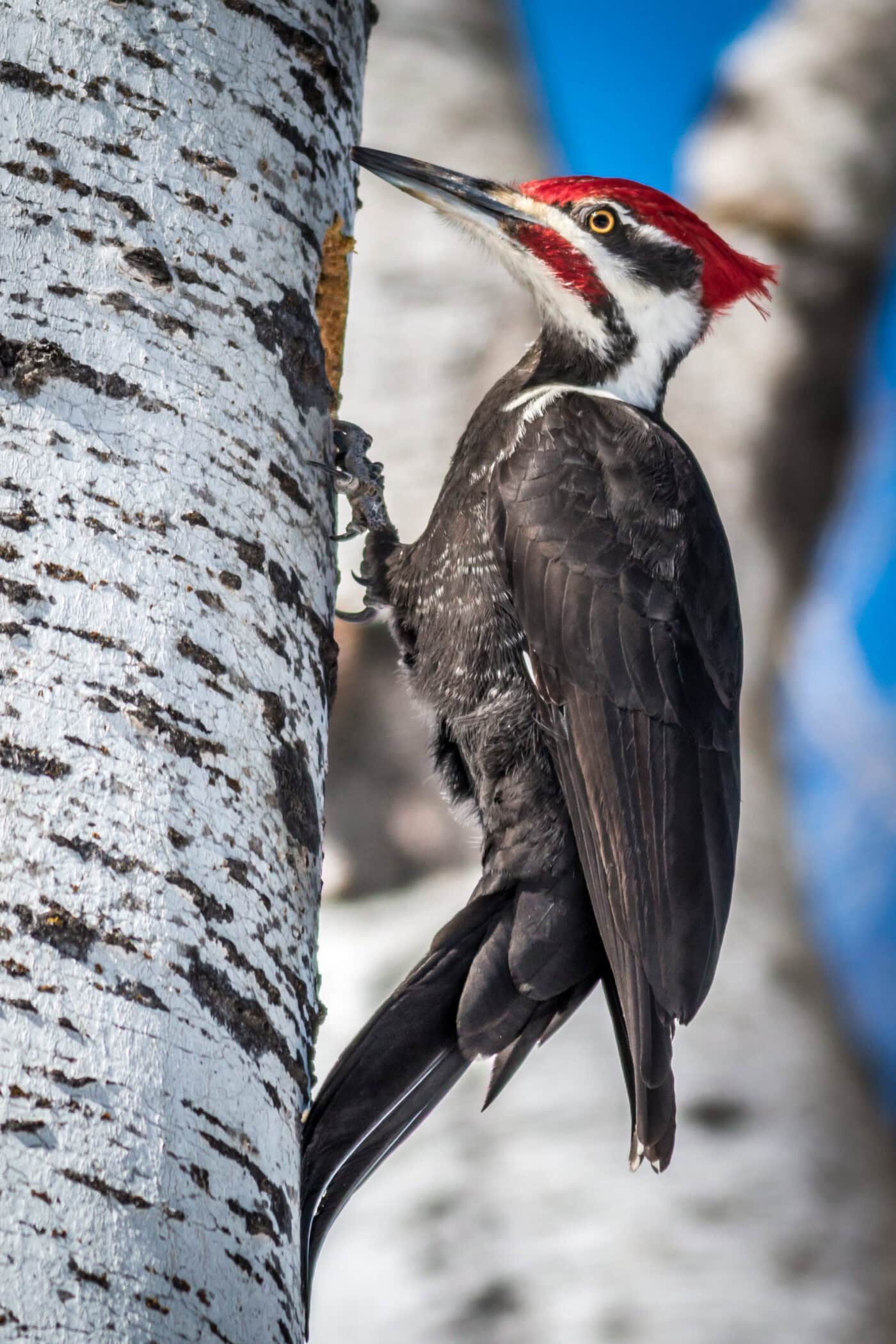
As this chorus of woodpecker staccatos begins to blend together in the forest, there are ways that a trained ear might be able to tell what kind of woodpecker it is coming from. But it’s not easy. “The loudness often depends on the hardness of the wood or other material they are hitting, so you can’t safely go by intensity or volume. You need to listen to the pattern,” Hart explains. “The easiest (most reliable) drumming sound to distinguish is the yellow-bellied sapsucker, which starts out fast and then slows down or tapers off towards the end.”
In contrast to the sapsucker, the large pileated woodpecker has a deep and resonant drumming that accelerates a bit as it softens. The hairy woodpecker has a very fast and even series of taps that sounds a bit like a drill. The downy, red-headed, red-bellied, and Northern flicker woodpeckers also have even patterns, making them difficult to distinguish.
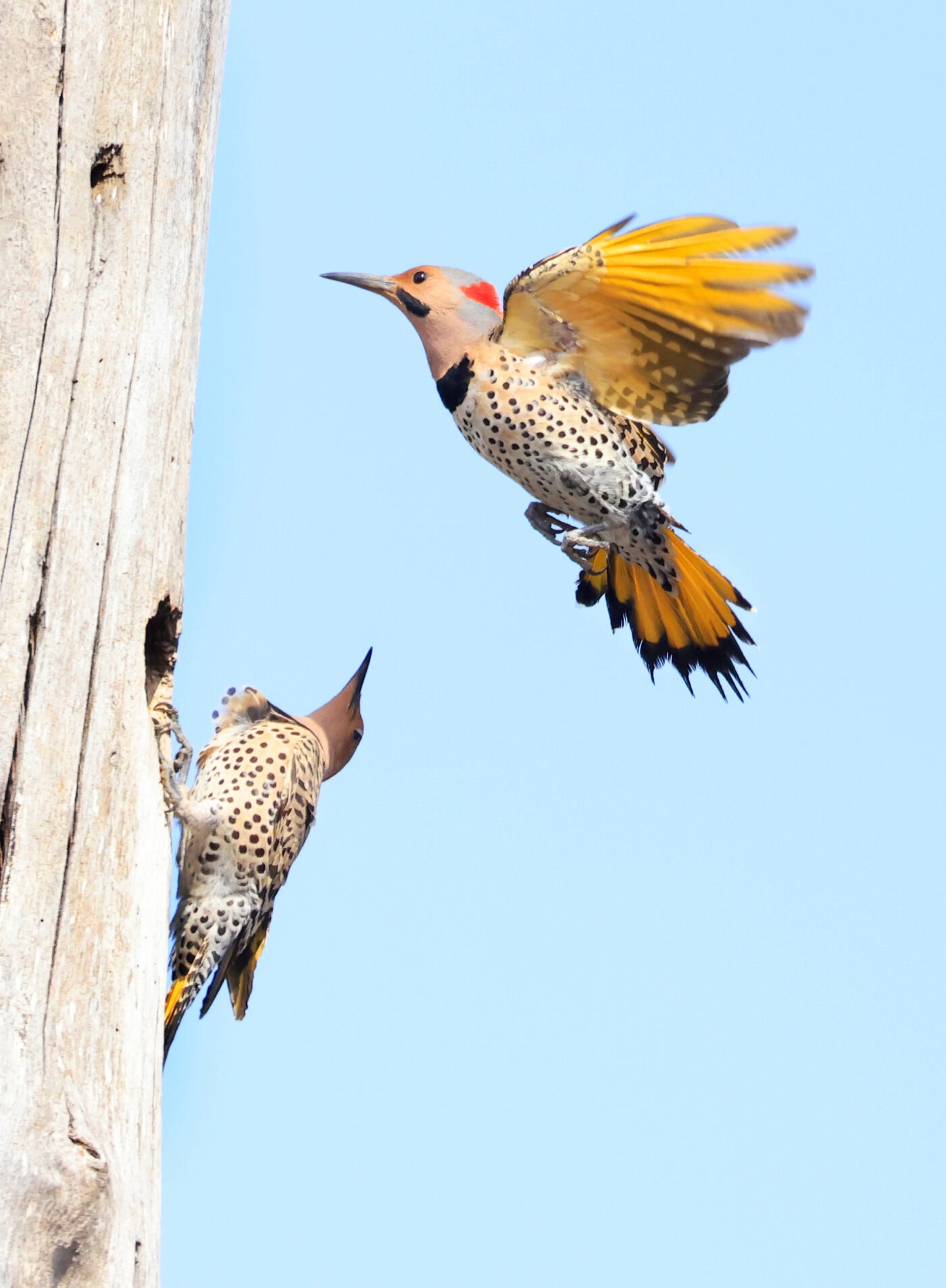
But drumming isn’t the only sound that woodpeckers make. “They also have a lot of calls they make which are used to communicate between mated pairs, competitors, and offspring,” Hart says, noting that these can often be more useful than drumming for identifying a woodpecker. In either case, the Cornell Lab of Ornithology has an All About Birds website and corresponding Merlin app that are excellent for identifying these woodpeckers and other birds by the sounds they make.
Along with drumming, we may also hear the more irregular tapping of woodpeckers as they look for snacks in the tree bark or work on making their nest. “The sounds of foraging and excavating a nest hole [in the spring] are usually slower and more deliberate,” says Pam Golben, senior environmental educator at the Mamakating Environmental Education Center. She points out that one woodpecker earns its name from its foraging behavior. “The yellow-bellied sapsucker migrates back to the Hudson Valley by early April. They can be heard tapping shallow holes (sap wells) into trees for the sap and the insects the sap attracts.”
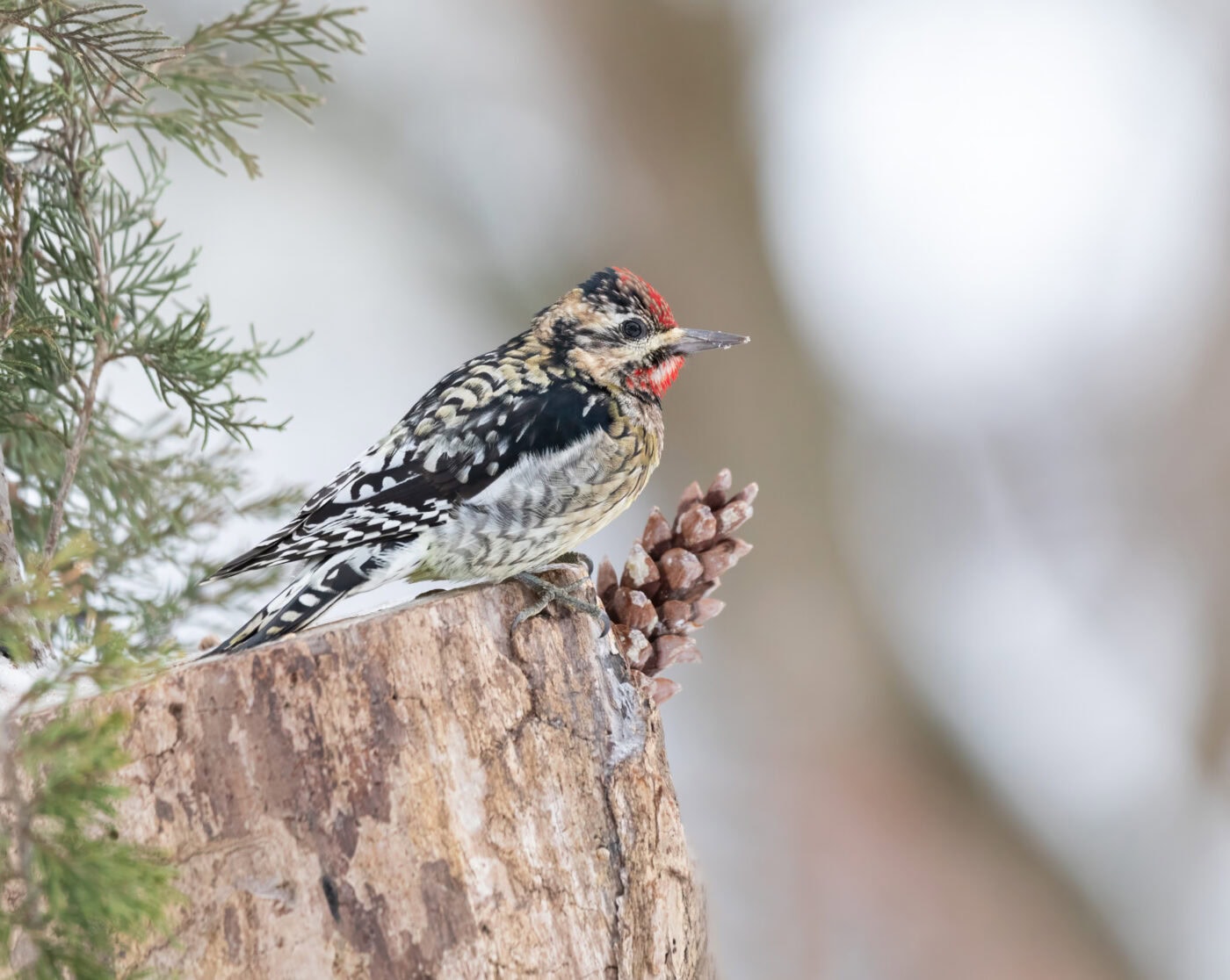
The drumming of woodpeckers has been a topic of scientific study at Rockefeller University’s Center for Field Research in Ethology and Ecology, which is a research outpost located in Dutchess County. The director of this center is professor Erich Jarvis, who is using songbirds to study the neurological and genetic roots of spoken language in humans.
Woodpeckers aren’t technically songbirds, which learn to sing when young by imitation. But Jarvis and his collaborators recently discovered that woodpeckers have the same kind of neural activity when drumming as songbirds do when they sing. Other birds that don’t sing, including penguins, ducks, emus, and flamingos, don’t share this brain activity. This implies that the woodpecker’s percussion is analogous to the songbird’s melody, and those abilities might have a common origin somewhere on the path of evolution.
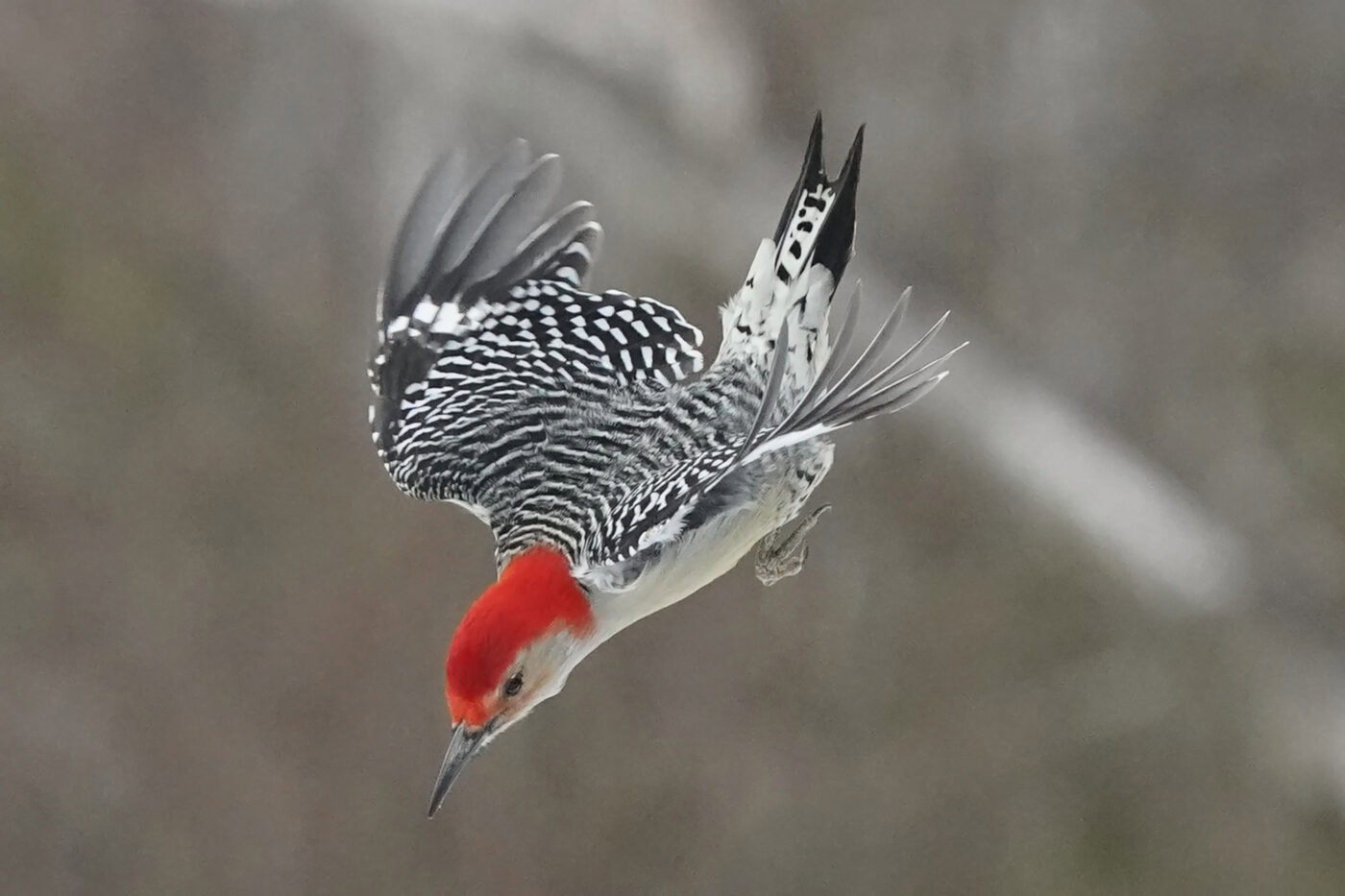
Jarvis says this discovery gives them some new theories to explore regarding the drumming mechanism used by woodpeckers. “Basically, our project opened up a wealth of questions, especially about how similar is the mechanism to song and speech.” One of those questions, he says, is “if the drumming behavior is partly learned, like song is learned in songbirds.”
In any case, pondering on all of this might give one a renewed appreciation for the novelty and nuances of a woodpecker’s drumming when heard this spring. Even if it happens to be coming from your rain gutter.



